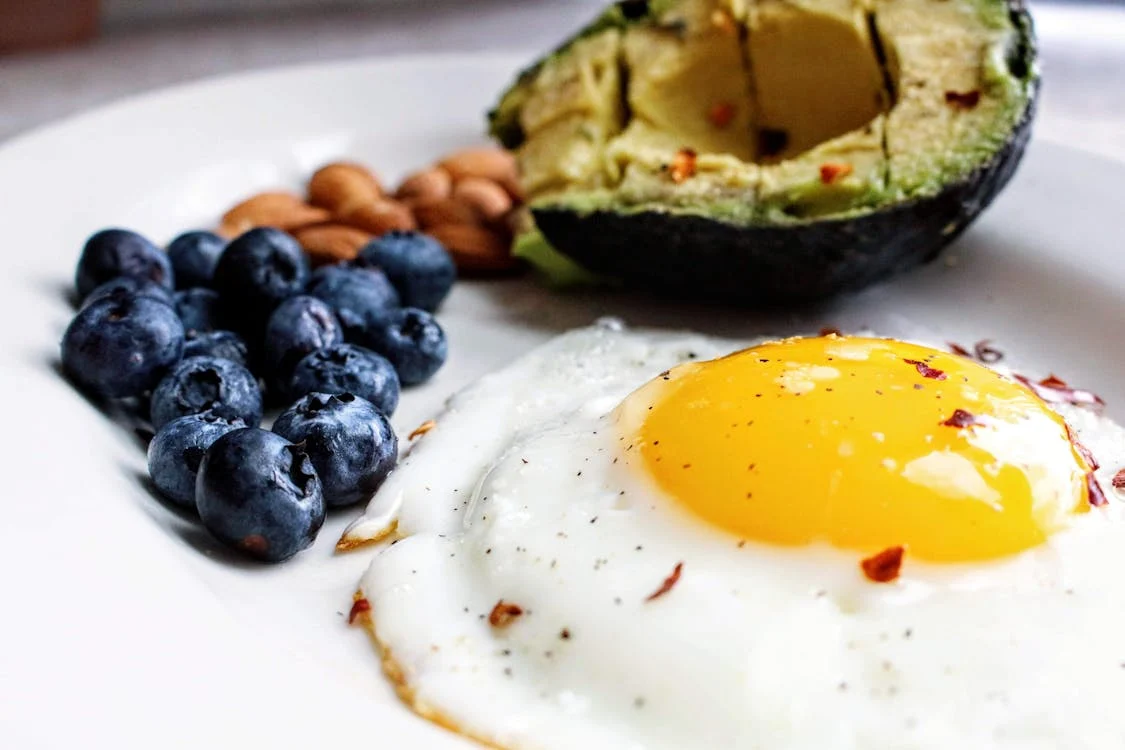Unlocking the Power of Thermogenic Foods
When it comes to weight loss, we’re constantly bombarded with new trends, fad diets, and miracle supplements promising to melt away fat effortlessly. But amidst this sea of information, one term that often stands out is “thermogenic foods.” But what exactly are thermogenic foods, and do they live up to the hype?
Understanding Thermogenic Foods
Thermogenic foods are items that purportedly increase the body’s metabolic rate, leading to a greater calorie burn and potentially aiding in weight loss. These foods are believed to produce heat within the body through the process of thermogenesis, hence the name.
Examples of thermogenic foods include spicy peppers, green tea, ginger, and certain types of nuts. These foods contain compounds such as capsaicin, catechins, and caffeine, which are thought to have thermogenic properties.
The Science Behind Thermogenesis
At its core, thermogenesis is a natural process that occurs in the body to generate heat and regulate body temperature. When we consume thermogenic foods, these compounds can stimulate the body’s metabolism, causing it to work harder and burn more calories.
For example, capsaicin, the compound responsible for the heat in chili peppers, has been shown to increase thermogenesis and fat oxidation in some studies. Similarly, green tea contains catechins, antioxidants that may enhance thermogenesis and promote fat loss.
Separating Fact from Fiction
While the concept of thermogenic foods may sound promising, it’s essential to approach the topic with a critical eye. While some studies suggest that certain foods may have a modest impact on metabolism and calorie expenditure, the overall effect is likely to be relatively small.
Furthermore, relying solely on thermogenic foods to achieve weight loss is unlikely to yield significant results. Sustainable weight loss requires a comprehensive approach that includes a balanced diet, regular exercise, and healthy lifestyle habits.
Incorporating Thermogenic Foods into Your Diet
That said, there’s no harm in incorporating thermogenic foods into your diet as part of a balanced eating plan. Not only can these foods add flavor and variety to your meals, but they may also provide other health benefits beyond weight loss.
For example, ginger has long been used for its anti-inflammatory properties, while green tea is prized for its antioxidant content. By including these foods in your diet, you can support overall health while potentially boosting your metabolism.
The Bottom Line
While thermogenic foods may offer some benefits when it comes to weight loss, they’re not a magic bullet. Instead, think of them as one piece of the puzzle—a tool that can complement a healthy lifestyle but shouldn’t be relied upon as the sole strategy for shedding pounds.
By focusing on whole, nutrient-dense foods, staying active, and prioritizing self-care, you can achieve sustainable weight loss and improve your overall well-being.
So, the next time you hear about the latest “fat-burning” food or supplement, take it with a grain of salt. Remember that true transformation comes from making small, consistent changes over time, rather than seeking quick fixes or overnight miracles.




